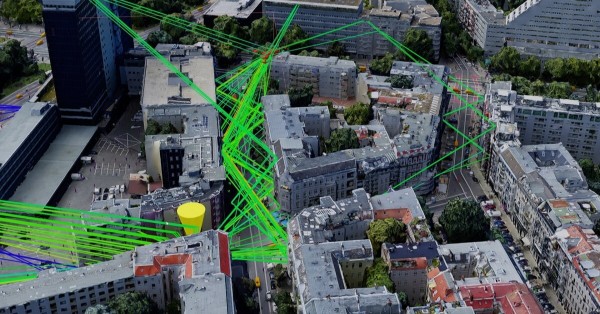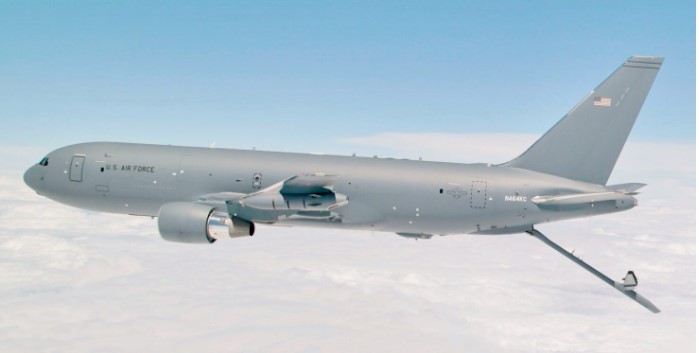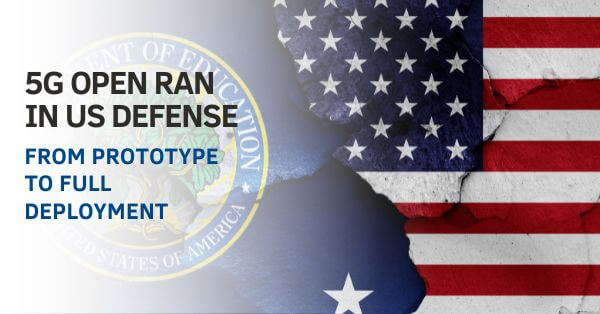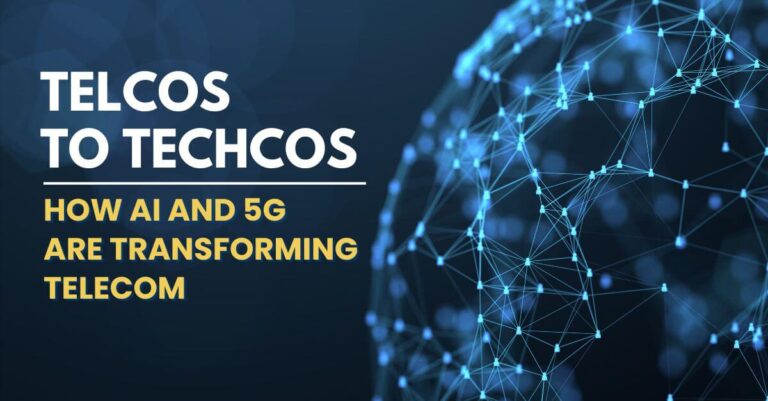NTT DATA and Google Cloud expanded their global partnership to speed the adoption of agentic AI and cloud-native modernization across regulated and data-intensive industries. The companies will co-innovate industry solutions, combine full-stack services with Google’s AI portfolio, and scale delivery through a new global Google Cloud Business Group inside NTT DATA. The push emphasizes sovereign cloud options using Google Distributed Cloud, with both airgapped and connected deployments to meet data residency and regulatory needs without stalling innovation.
NTT DATA and Google Cloud roadmap: Agentic AI and Sovereign Cloud Delivery
The partners plan to build industry-specific agentic AI solutions on Google Agentspace and Gemini models, underpinned by secure data clean rooms and modernized data platforms. NTT DATA is standing up a dedicated Google Cloud Business Group with thousands of engineers and aims to certify 5,000 practitioners to accelerate delivery, migrations, and managed services. Joint gotomarket investments target priority verticals, including financial services, public sector, healthcare, manufacturing, retail, and life sciences.
The stack spans an AI-driven application and security modernizationmainframe refactoring, DevOps, observability, API management, cybersecurity frameworks SAP on Google Cloud. For regulated deployments, Google Distributed Cloud will support both offline, airgapped environments for maximum isolation and connected configurations that integrate selectively with cloud services. A Google Distributed Cloud sandbox will provide preconfigured templates to prototype sovereign and edge architectures faster.
NTT DATA brings reusable assets and delivery blueprints. Its Takumi framework aligns ideation, prototyping, and enterprise rollout of generative and agentic AI on Google’s stack. Existing solutions, such as Regla for financial compliance and the Virtual Travel Concierge for hospitality, illustrate the focus on measurable business outcomes. The collaboration builds on 2024 co-innovation in APAC and expands capacity gained through the acquisition of Niveus Solutions, a multi-award Google Cloud partner. Early client momentum includes large-scale workload migrations and SAP modernization programs that compress legacy footprints and improve peak-time agility.
Why this matters now
Enterprise AI has moved from pilots to production, stressing data platforms, governance, and edge-to-cloud architectures. Cloud spending continues to grow, and agentic AIsystems that can plan, act, and collaborate across tools demand secure access to operational data, strong policy controls, and consistent runtime environments across on-prem, edge, and public cloud. Regulators are also tightening expectations on data protection, model transparency, and AI safety. Organizations need options that localize sensitive data while still leveraging modern AI tooling and automation.
This partnership squarely targets those requirements. It pairs Google’s AI and analytics with NTT Data’s industry playbooks and managed services, while offering sovereign choices that align with regional laws. For buyers, the attraction is speed with guardrails: faster development of use cases, repeatable architectures, and clear operational pathways from proof of concept to scaled, compliant deployment.
What’s in the stack
The AI layer forms the foundation of the stack, enabling intelligent automation, secure collaboration, and data-driven decision-making across use cases.
Agentic AI platform: Gemini, Google Agentspace, and secure data clean rooms
Google Agentspace and Gemini models for multimodal reasoning, tool use, and orchestration; secure data clean rooms for privacy-preserving collaboration; and modernized data platforms to feed high-quality signals into agents.
Cloud-native modernization: Google Distributed Cloud, SAP, and mainframe refactoring
Google Distributed Cloud extends consistent services across data centers, edge sites, and sovereign environments; modernization patterns for mainframe, SAP, and mission-critical apps with observability, DevOps, and API security baked in.
Delivery accelerators: NTT DATA Takumi, industry solutions, and managed services
NTT DATA’s Takumi framework for end-to-end AI lifecycle, sector solutions like Regla and Virtual Travel Concierge, and a managed services layer that covers advisory through run operations.
Implications for telecom, edge, and regulated industries
Agentic AI is well-suited to complex operations and real-time decision-making. Telecom operators can apply it to network operations automation, field service workflows, proactive customer care, and fraud or abuse detection areas where agents can coordinate policies, tooling, and actions. Google Distributed Cloud enables deployment at central offices, edge data centers, or in country-specific facilities to keep network and subscriber data local while running modern AI pipelines. For enterprises in finance, healthcare, and the public sector, sovereign patterns with airgapped or selectively connected modes help satisfy data residency and audit demands while enabling analytics and AI-driven applications.
The modernization scopeincluding mainframe refactoring, API management, and SAP on Google Cloud also relevant to BSS/OSS and ERP transformation. Aligning app modernization with an agentic data plane can shorten time to value and reduce the risk of parallel migrations.
Key challenges to watch
Agent governance and safety: Enterprises will need robust policies for tool access, action constraints, and continuous evaluation to prevent undesired outcomes. Integration complexity: Stitching agents into legacy systems, data contracts, and identity stacks can stall timelines without strong architecture discipline. Sovereign tradeoffs: Airgapped deployments improve control but can limit service integration and raise operating costs; connected modes require precise boundary definitions. Multicloud portability: Buyers should avoid agent and data lock-in by standardizing interfaces and observability. ROI proof: Outcomes must be measured beyond productivity claims, with SLAs tied to business metrics like revenue lift, cost-to-serve, or compliance cycle time.
What buyers should do next?
Prioritize a small set of high-value, high-governance use casesregulatory reporting, contact center containment, network incident response, or supply chain planning. Define a data strategy that uses clean rooms and policy controls to protect sensitive attributes while enabling analytics. Choose deployment models early: airgapped for maximum isolation; connected for controlled innovation; or hybrid per workload. Establish an AI governance board with clear RACI, red team testing, model and agent change management, and lineage tracking. Build a reference architecture that covers identity, policy, observability, FinOps, and MLOps/agentops. Use the Google Distributed Cloud sandbox to prototype, then graduate to production with phased cutovers. Demand transparency on SLAs, security attestations, cost models, and exit options.
Competitive context
All major providers are racing to package agentic AI with modernization and sovereign controls. This collaboration differentiates through Google Distributed Cloud’s airgapped option, NTT DATA’s industry assets and delivery scale, and a clear emphasis on repeatable blueprints. Expect intensified competition from alternative hyperscaler SI pairings and regional sovereign offerings; buyers should benchmark maturity in agent orchestration, safety tooling, and edge deployment support.
Bottom line
The NTT DATA Google Cloud partnership combines AI innovation with pragmatic routes to sovereign, compliant deployment. For telecom and regulated enterprises, it offers a credible path to operationalize agentic AI at the edge and in core systems while modernizing legacy estates. The opportunity is real, but execution will hinge on governance, architecture discipline, and measurable outcomes.




























